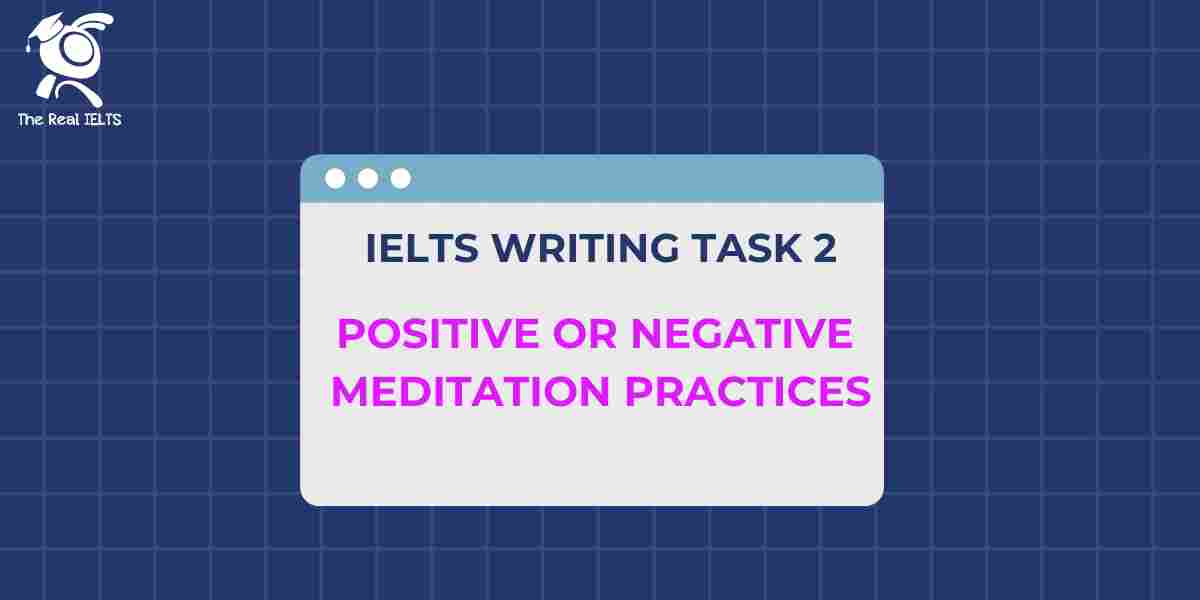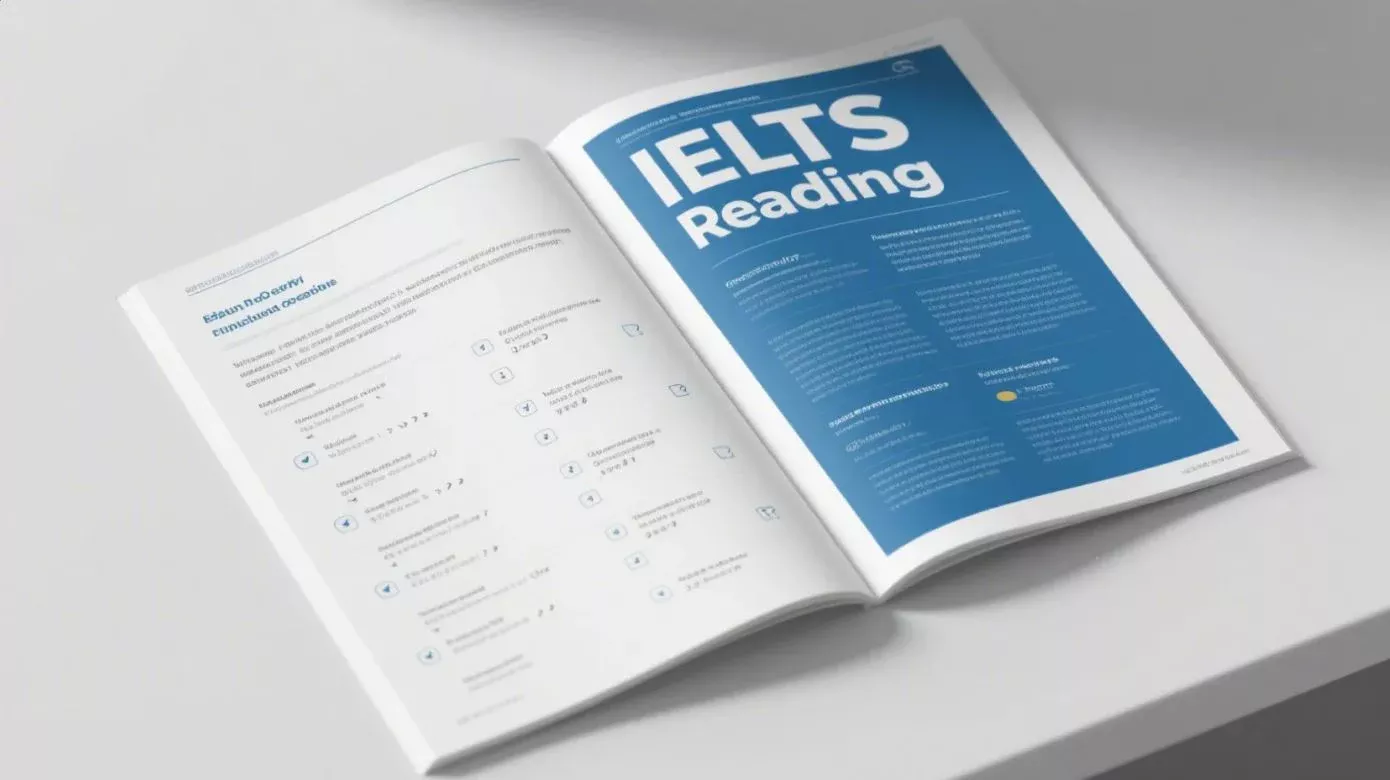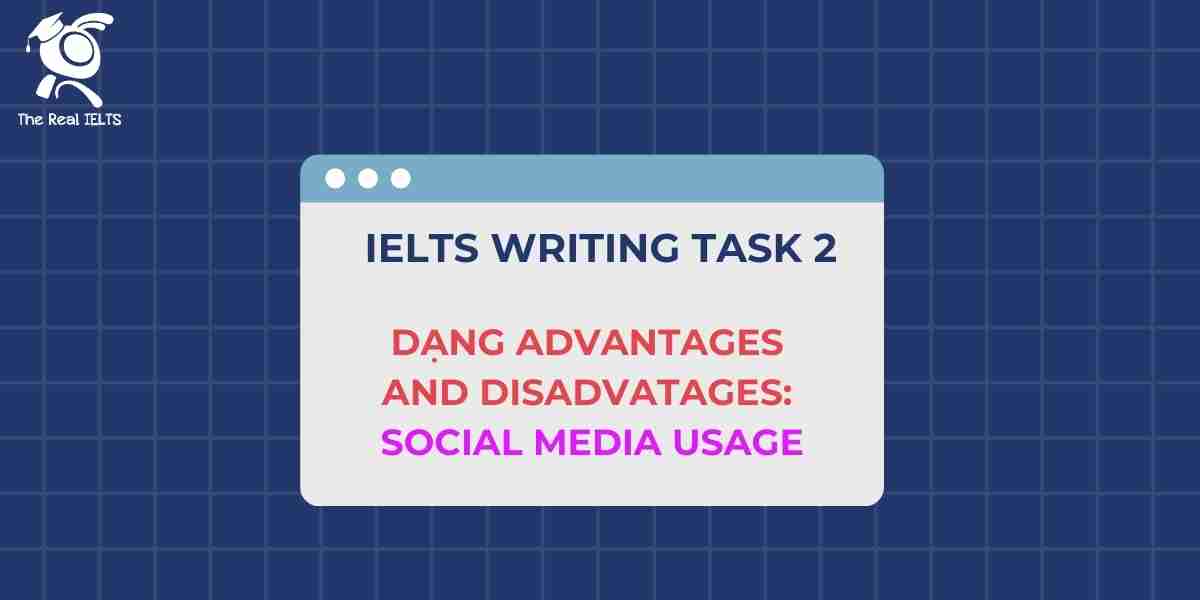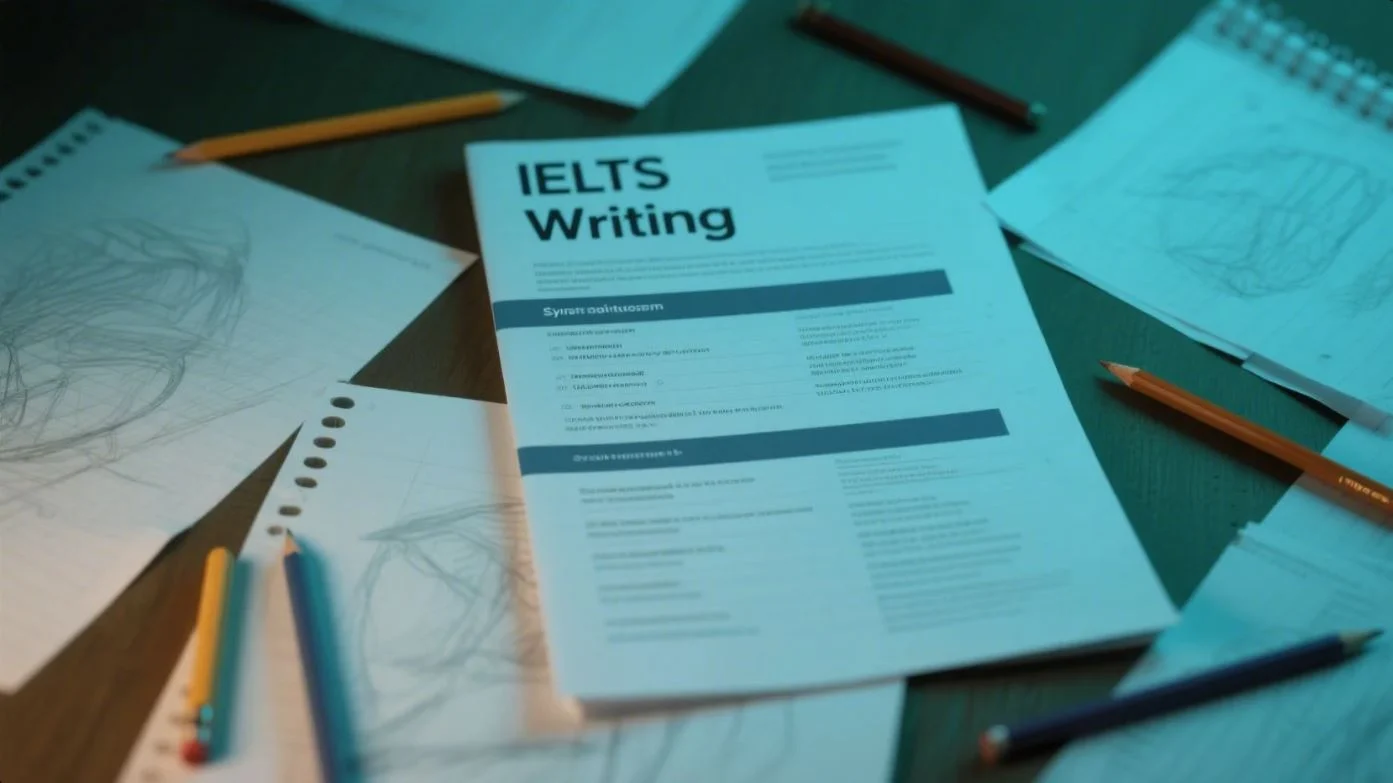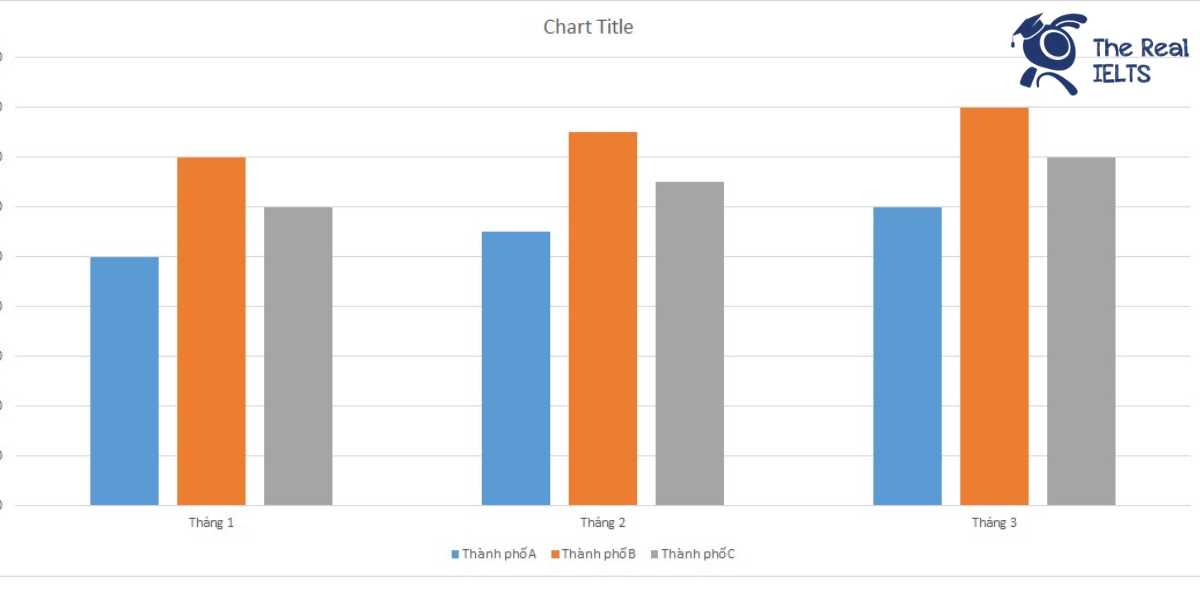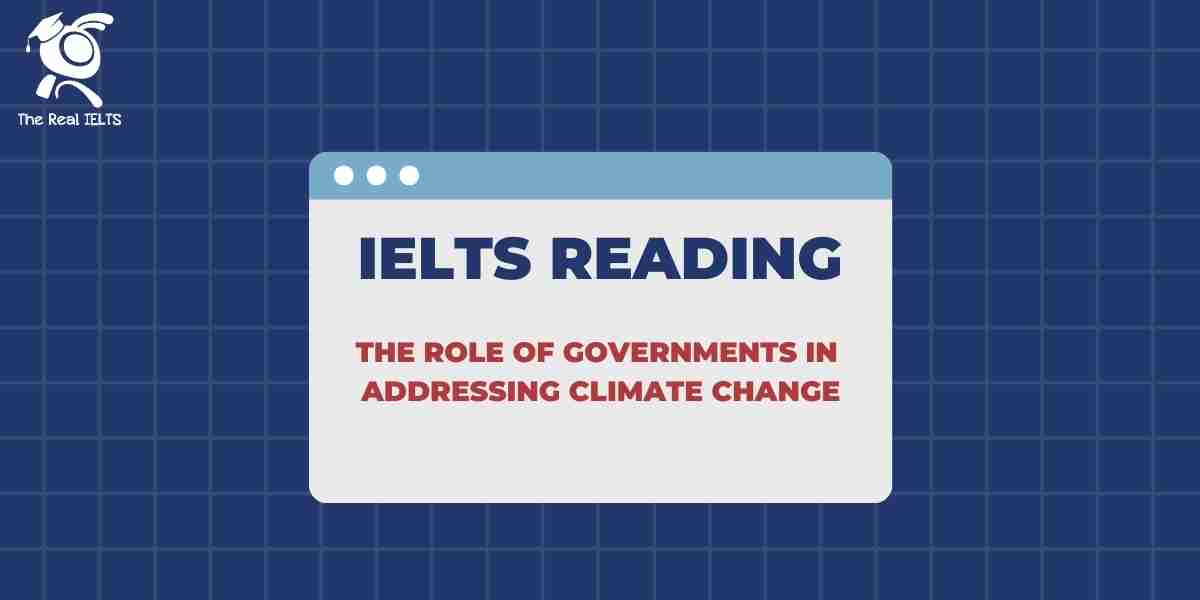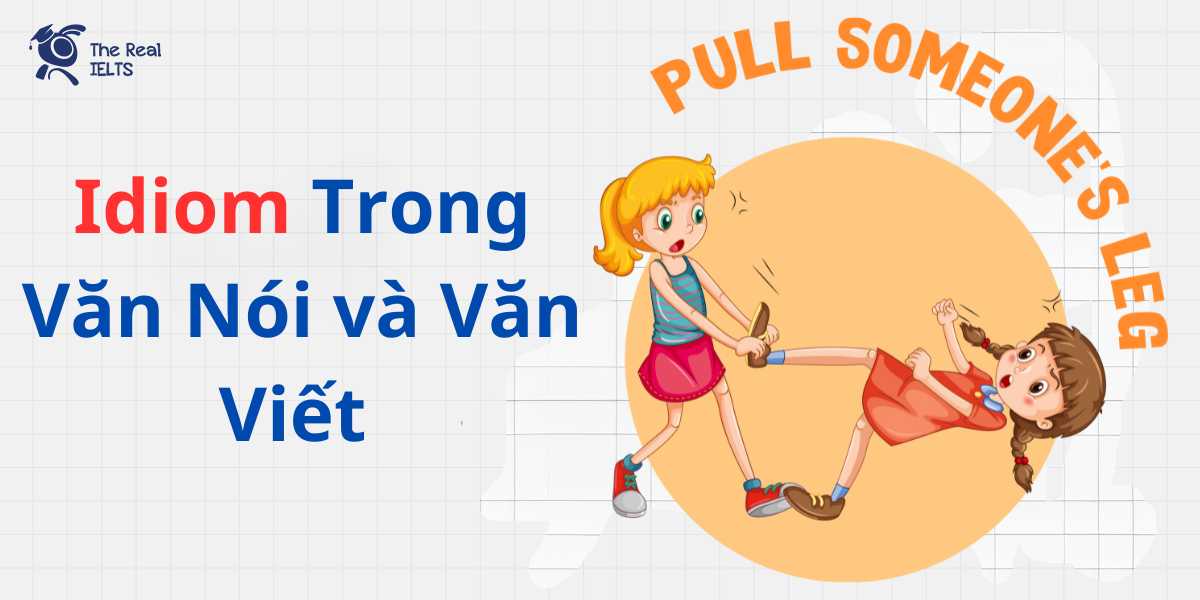Đề bài IELTS Writing Task 2 dạng Positive or Negative meditation practices
You should spend about 40 minutes on this task
The growing trend of mindfulness and meditation practices. Do you think this is a positive or negative development?
Write at least 250 words.
Giải mẫu IELTS Writing
The increasing popularity of mindfulness and meditation practices has sparked considerable debate regarding their overall impact on individuals and society. This essay will argue that the growing trend of mindfulness and meditation is largely a positive development, though it is not without its drawbacks.
To begin with, mindfulness and meditation offer numerous benefits to mental health. Research has shown that these practices can significantly reduce stress, anxiety, and depression by promoting relaxation and enhancing emotional regulation. For instance, a study published in the Journal of the American Medical Association found that mindfulness-based stress reduction (MBSR) programs can lead to moderate improvements in symptoms of anxiety and depression. By encouraging individuals to focus on the present moment and develop a non-judgmental awareness of their thoughts and feelings, mindfulness and meditation can foster a greater sense of inner peace and well-being.
Moreover, mindfulness and meditation practices can improve physical health. Regular meditation has been linked to lower blood pressure, improved immune function, and reduced chronic pain. These physical health benefits not only enhance the quality of life for practitioners but also reduce the burden on healthcare systems. For example, mindfulness programs in workplaces have been shown to decrease employee absenteeism due to health issues, ultimately boosting productivity and reducing healthcare costs for employers.
However, the growing trend of mindfulness and meditation is not entirely free of negative aspects. One potential downside is the commercialization and commodification of these practices. With the rise in popularity, there has been a surge in mindfulness apps, courses, and retreats that may prioritize profit over the genuine well-being of individuals. This commercialization can lead to superficial engagement with mindfulness and meditation, where the depth and authenticity of the practices are diluted.
Additionally, there is a risk that mindfulness and meditation are sometimes presented as quick-fix solutions to complex mental health issues. While these practices can be beneficial, they are not substitutes for professional mental health care when needed. Overreliance on mindfulness and meditation without seeking appropriate medical or psychological support can delay necessary treatment and exacerbate underlying conditions.
In conclusion, the growing trend of mindfulness and meditation practices is predominantly a positive development, offering substantial benefits to both mental and physical health. However, it is crucial to be aware of the potential pitfalls, such as commercialization and the oversimplification of mental health care. By approaching mindfulness and meditation with a balanced perspective, individuals can reap the benefits while avoiding the associated drawbacks.
Thống kê cấu trúc câu và cấu trúc ngữ pháp
Cấu trúc câu và cấu trúc ngữ pháp
- Câu đơn (Simple Sentence):
- “Regular meditation has been linked to lower blood pressure, improved immune function, and reduced chronic pain.”
- Câu phức (Complex Sentence):
- “To begin with, mindfulness and meditation offer numerous benefits to mental health.”
- “By encouraging individuals to focus on the present moment and develop a non-judgmental awareness of their thoughts and feelings, mindfulness and meditation can foster a greater sense of inner peace and well-being.”
- Câu ghép (Compound Sentence):
- “These physical health benefits not only enhance the quality of life for practitioners but also reduce the burden on healthcare systems.”
- Câu ghép phức (Compound-Complex Sentence):
- “With the rise in popularity, there has been a surge in mindfulness apps, courses, and retreats that may prioritize profit over the genuine well-being of individuals.”
- Câu bị động (Passive Voice):
- “Regular meditation has been linked to lower blood pressure, improved immune function, and reduced chronic pain.”
- Câu điều kiện (Conditional Sentence):
- “While these practices can be beneficial, they are not substitutes for professional mental health care when needed.”
Từ kết nối các câu và các đoạn
- To begin with: Mở đầu đoạn văn, giới thiệu ý đầu tiên.
- For instance: Đưa ra ví dụ minh họa cho ý trước đó.
- Moreover: Thêm thông tin để bổ sung ý trước đó.
- For example: Đưa ra ví dụ cụ thể minh họa cho ý trước đó.
- However: Giới thiệu ý ngược lại, phản biện ý trước đó.
- Additionally: Thêm thông tin để bổ sung ý trước đó.
- While: So sánh hai ý khác nhau trong cùng một câu.
- In conclusion: Mở đầu đoạn kết, tóm tắt lại các ý chính và đưa ra kết luận.
Liệt kê các cấu trúc ngữ pháp đặc biệt
- Câu có mệnh đề quan hệ:
- “…there has been a surge in mindfulness apps, courses, and retreats that may prioritize profit over the genuine well-being of individuals.”
- Mệnh đề trạng ngữ chỉ lý do:
- “By encouraging individuals to focus on the present moment and develop a non-judgmental awareness of their thoughts and feelings, mindfulness and meditation can foster a greater sense of inner peace and well-being.”
- Mệnh đề trạng ngữ chỉ kết quả:
- “These physical health benefits not only enhance the quality of life for practitioners but also reduce the burden on healthcare systems.”
- Cấu trúc song hành (Parallel Structure):
- “lower blood pressure, improved immune function, and reduced chronic pain.”
- Cấu trúc nhấn mạnh:
- “It is crucial to be aware of the potential pitfalls…”
Các từ vựng tiếng Anh cần lưu ý trong bài viết
- Mindfulness – Sự chánh niệm
- Meditation – Thiền
- Practices – Các thực hành
- Popularity – Sự phổ biến
- Impact – Ảnh hưởng
- Individuals – Các cá nhân
- Society – Xã hội
- Development – Sự phát triển
- Mental health – Sức khỏe tinh thần
- Stress – Căng thẳng
- Anxiety – Lo âu
- Depression – Trầm cảm
- Relaxation – Sự thư giãn
- Emotional regulation – Điều chỉnh cảm xúc
- Present moment – Khoảnh khắc hiện tại
- Well-being – Sự an lành
- Physical health – Sức khỏe thể chất
- Blood pressure – Huyết áp
- Immune function – Chức năng miễn dịch
- Chronic pain – Đau mãn tính
- Quality of life – Chất lượng cuộc sống
- Healthcare systems – Hệ thống chăm sóc sức khỏe
- Absenteeism – Sự vắng mặt
- Productivity – Năng suất
- Commercialization – Thương mại hóa
- Commodification – Sự biến thành hàng hóa
- Superficial engagement – Sự tham gia hời hợt
- Authenticity – Sự chân thật
- Quick-fix solutions – Giải pháp nhanh chóng
- Complex mental health issues – Các vấn đề sức khỏe tinh thần phức tạp
- Substitutes – Thay thế
- Professional mental health care – Chăm sóc sức khỏe tinh thần chuyên nghiệp
- Overreliance – Sự phụ thuộc quá mức
- Appropriate medical or psychological support – Hỗ trợ y tế hoặc tâm lý thích hợp
- Treatment – Điều trị
- Exacerbate – Làm trầm trọng thêm
- Balanced perspective – Quan điểm cân bằng
Đọc thêm các bài Luyện Thi IELTS khác trong link nhé.


